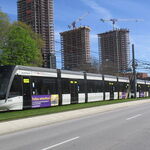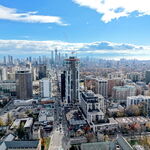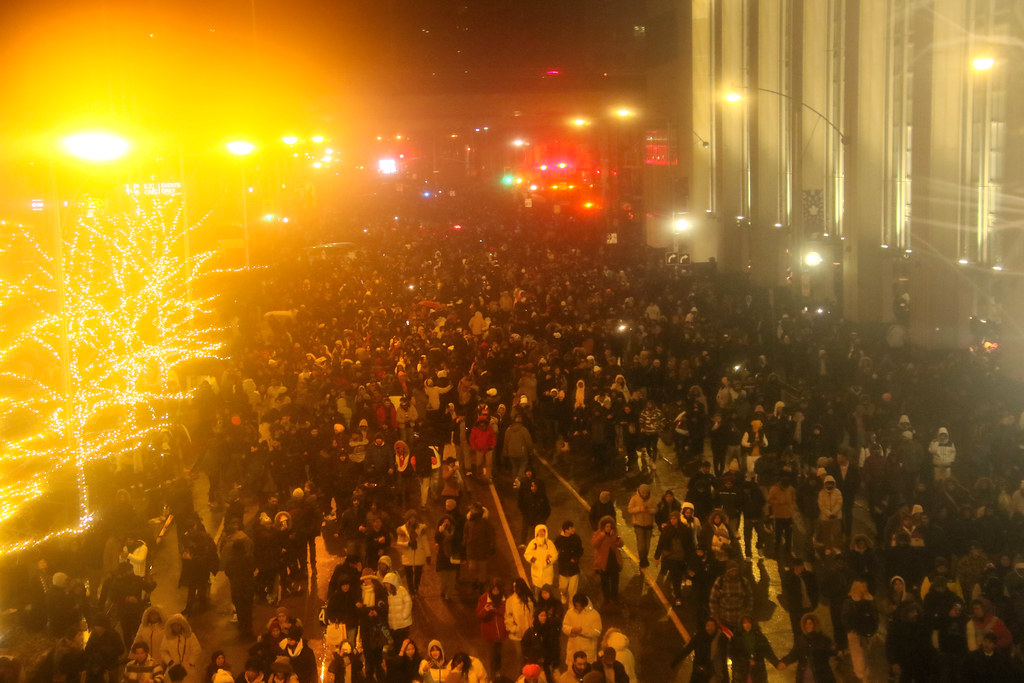Maybe this is the push needed for GO to introduce more frequent services all cross the board for this year, and for TTC to create a better and efficient crowd control plan.
For next year, a thing that could've been done differently is to try to divert people throughout the 2 concourses depending on the platform of the train instead of making both concourses available. For example if LSW was on Platform 8/9 and Kitchener was on 10/11, make York concourse handle the former only, while Bay handles the latter. Letting people know ahead of time through updates like days before the new year would be nice so the detour wouldn't come as a shock or confusion and people would know where to go.
They should close streets and give them to pedestrians/transit only. Maybe closing Lake Shore to them only would help a lot and GO buses can get in and out of the city efficiently. If they can close Lake Shore for summer weekends, they can definitely do it for New Years as well.
As for the TTC, they should either only run 1 side of Line 1 at Union while detouring riders for the other side, or completely detour both sides to St Andrew/King so we have a better flow despite the short walk, but it is a massively better idea than what had actually happened.
But another thing that should happen are the improvements to the overall public transit itself that should be the focus of this entire year.
GO finally introducing more frequent all day service to Bramalea and Unionville while bringing back 15 min service to Oakville will be a nice start, and making new express trips on these lines a little before peak times could help a lot more.
UPX should run at least until 2AM to match with the subway, and for events it should aim to run at a 10 min headway if the Kitchener line can't do 15 min Bramalea service just yet.
Aside from the mentioned TTC idea above which they could also do during events, aiming to get Eglinton and Finch open for sure this year should be the plan. Although both are far from downtown, they both can help in different cases in other parts of the city that needs relief badly.
That's just my take on the situation. Not sure if its the best plan, but there needs to be change as this might be the tipping point. 2023 for transit in the GTA as a whole had routes and lines at the highest capacity they've ever been and at times it made travelling completely insufferable, so for it to end like this was unfortunately extremely fitting but it obviously shouldn't be like this at all. Let 2024 be the redemption year as we know ourselves that there's so much potential for Toronto to change into a potential transit city.








